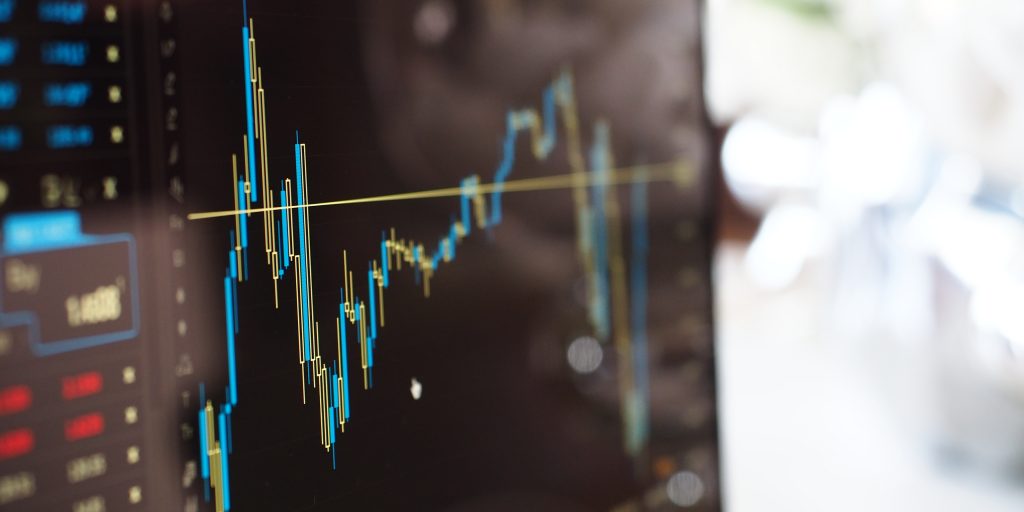How 2020 accelerated government reliance on new sources of economic data analytics
The COVID-19 pandemic has caused many governments to struggle as they seek to balance critical public health concerns along with the needs of small businesses and the broader economy. At least part of that challenge can be traced back to governments’ historical reliance on traditional economic data, which has not provided enough information at the necessary speed for policymakers to respond nimbly to economic shocks. It’s been a wakeup call but also an opportunity for improvement.
For public officials, the last several months have underscored the significant benefits of implementing sources of spending trends, broad consumer behavior and more delivered more rapidly than traditional economic indicators/data. David Wilcox, who led the Federal Reserve’s research and statistics division from 2011 to 2018 and is now a senior fellow at the Peterson Institute for International Economics, told Bloomberg in September that new sources of data are proving to be “extremely valuable for a whole range of decision makers including monetary policy makers at the Federal Reserve,” and it’s “clearly the wave of the future.” Jerome Powell, Chairman of the Federal Open Market Committee, said in a July press conference, “What we think of as non-standard, high-frequency data has become a very important thing.”
Understanding different types of economic trends data
- Traditional data: A type of structured data that is stored in a fixed format and gathered and released annually, quarterly, monthly, etc. Examples include publicly filed corporate documents and government collected statistics.
- New data sources: A type of data that comes in large, aggregated, user-permissioned and de-identified sets. It is often updated frequently, or in real-time, and therefore also known as high-frequency data. Examples include real-time measurements of traffic congestion, restaurant reservations, and credit card spending.
The value of providing a real-time assessment
The COVID-19 pandemic has exposed the need for policymakers to embrace new data analytics sources that help quickly assess and analyze areas critical to their constituents such as healthcare, public safety, education, jobs and the economy. Understandably, some governments may be hesitant to utilize new sources of user-permissioned data due to a lack of historical data for comparison, the reliability of readings or the potential for unauthorized access. But traditional data simply doesn’t provide sufficient timeliness, breadth or diversity of coverage or economic insight in the face of such unprecedented volatility and uncertainty.
The Federal Reserve’s Senior Associate Director John Stevens believes that new sources of data should be used to:
- Create timely alternative estimates that complement official estimates
- Verify changes in official statistics
- Answer questions that require more granular data analytics
- Fill knowledge gaps
How is government using new sources of consumer-permissioned data?
It’s nearly impossible to avoid leaving a digital trace these days. With their consent, consumers are allowing the collection of new sources of de-identified data, for everything from internet searches to grocery purchases with a credit card is now analyzed for insight. With these rich, de-identified datasets, consumers are contributing to a wealth of aggregated data. The financial services industry has processed and used this kind of de-identified data to make decisions for years and governments are finally following in their footsteps.
Let’s take a closer look at how some governments are using new data sources and why all governments should consider it:
· Consumer Spending and Debt: Rather than wait for annual or quarterly analysis, the ability to observe daily de-identified payment card data has enabled the Bureau of Economic Analysis to measure the effects of the pandemic on spending, as well as the success of subsidies from the CARES Act and the need for additional support. This same approach can be used to evaluate economic programs for childcare, healthcare and education.
· Consumer Income and Savings: Governments now have the power to watch macro trends in real-time, such as regional changes in consumer savings behavior. New sources of de-identified payroll insights could also be providing information about the impacts of business stimulus and employment programs during the pandemic, allowing policymakers to more accurately target future government assistance programs.
- Business and Economic Trends: Changes in the business environment can directly impact a government’s long-term tax base, economic programs and general planning initiatives. Being able to better understand these changes and factors early enables policymakers to swiftly adjust or create supportive business and consumer incentives. For example, by analyzing not just investment but also job growth and consumer spending, governments can measure the effects of regional planning and redevelopment.
Telling a more complete story with new data analytics sources
2020 was a unique year, motivating all levels of government to adapt, analyze and respond to an extremely dynamic environment. The ability to rapidly assess and integrate aggregated, de-identified, user-permissioned data has proven critical to meeting the challenges faced.
As we look toward 2021 and beyond, these new data sources and the analyses derived from them will remain essential to government policy making, ongoing assessment and preparation for future black swan events.
Bill Parsons is the Group President, Data & Analytics, and International for Envestnet | Yodlee. Bill is responsible for crafting and executing Envestnet | Yodlee’s overall ENV Analytics Product and Sales Strategy. Over the course of his nearly 12 years with the company, Bill has also held the roles of Chief Customer Officer of Yodlee Financial Services, and has been responsible for Global Field Operations.
Contact: Daisy Xiong | Email: [email protected] | Phone: 604-209-0891




















